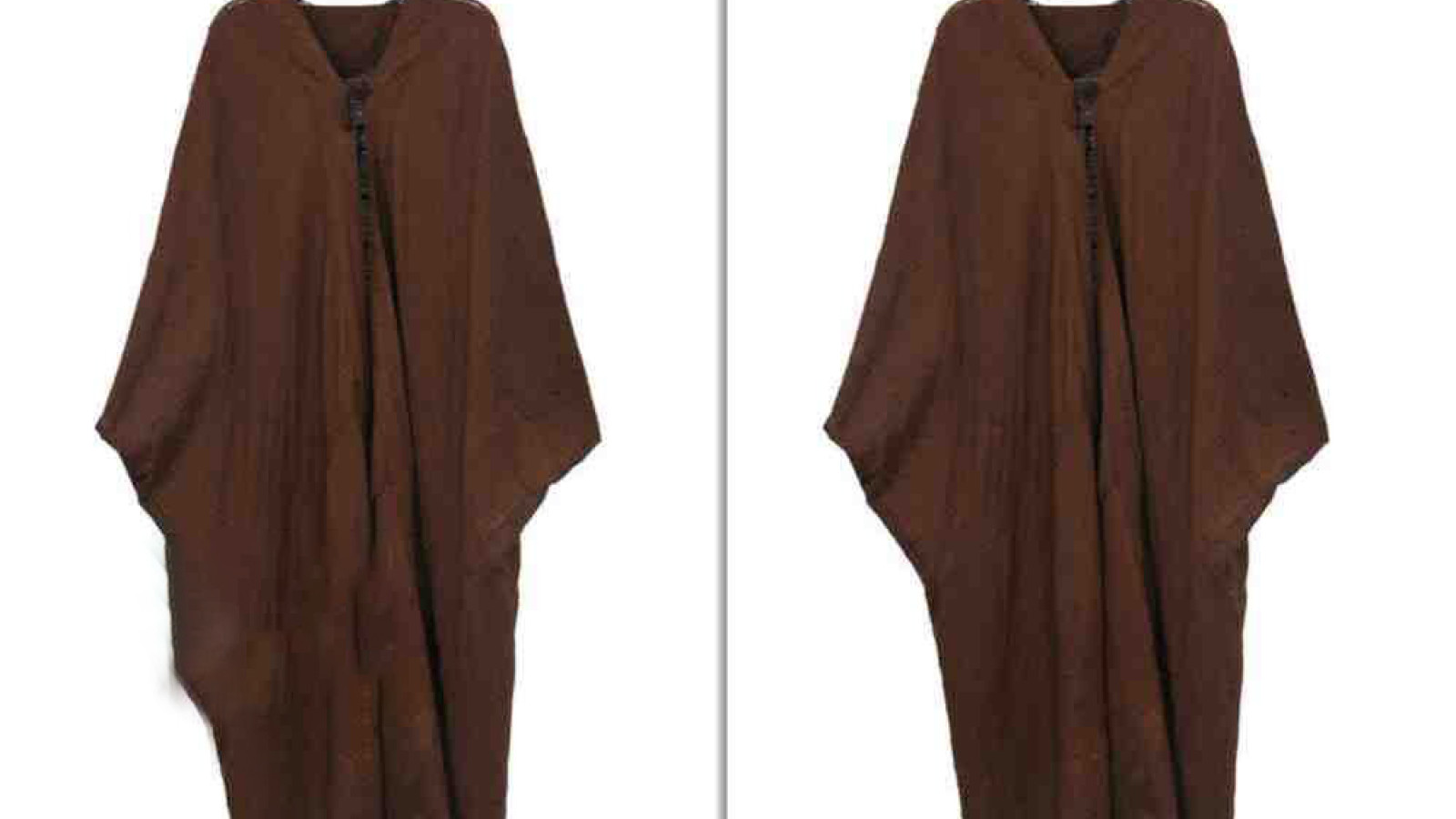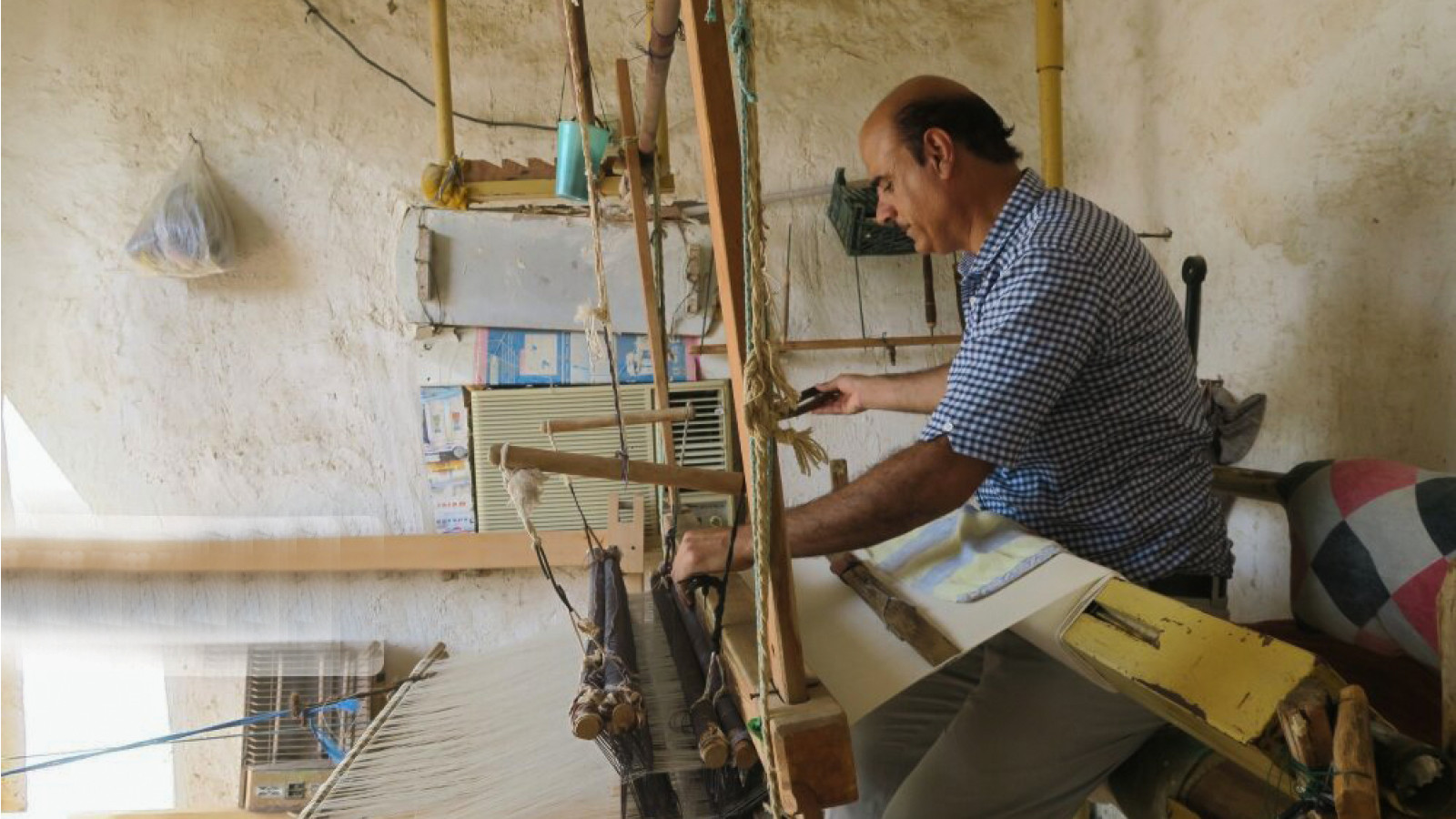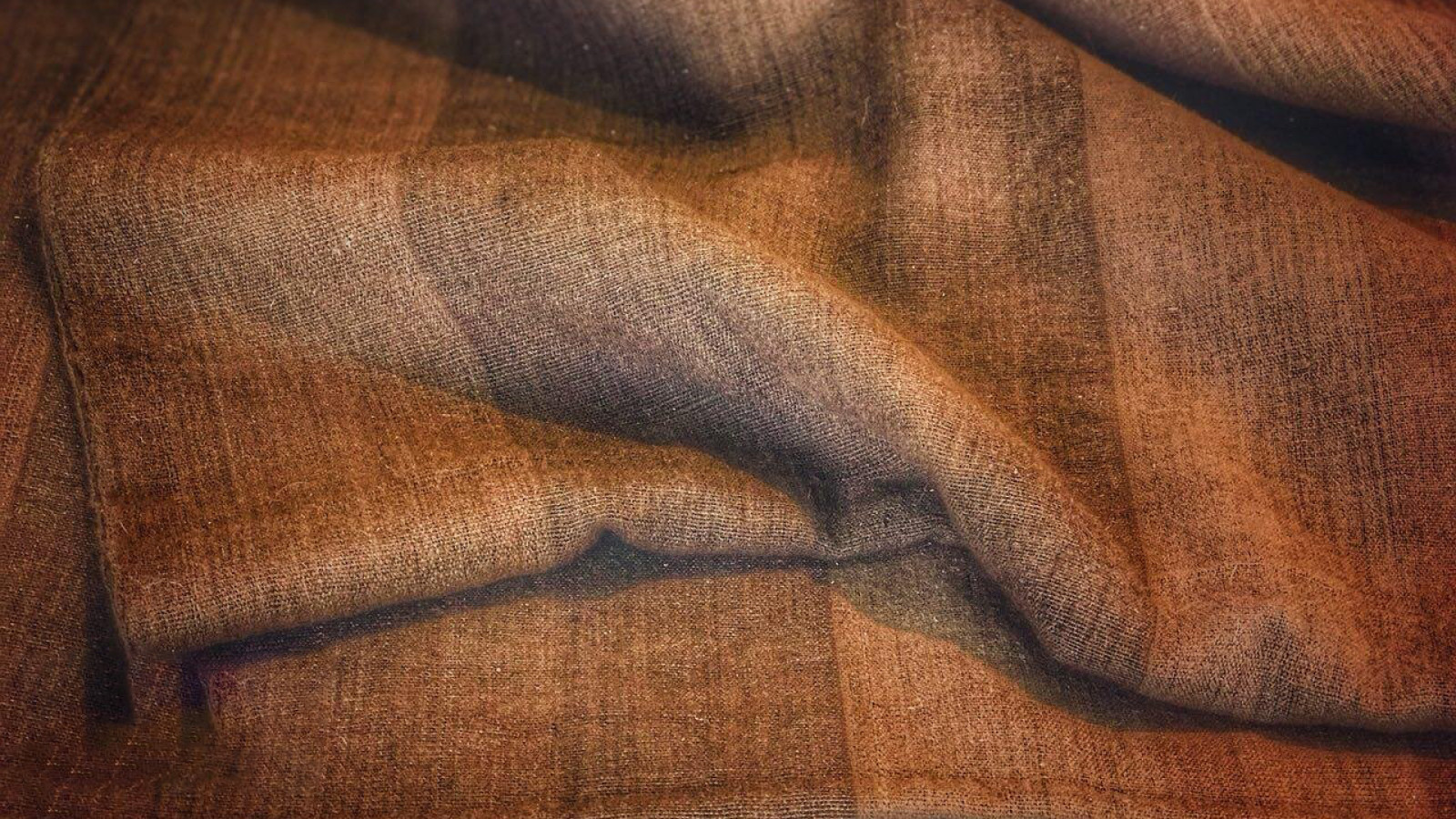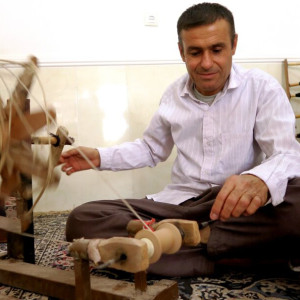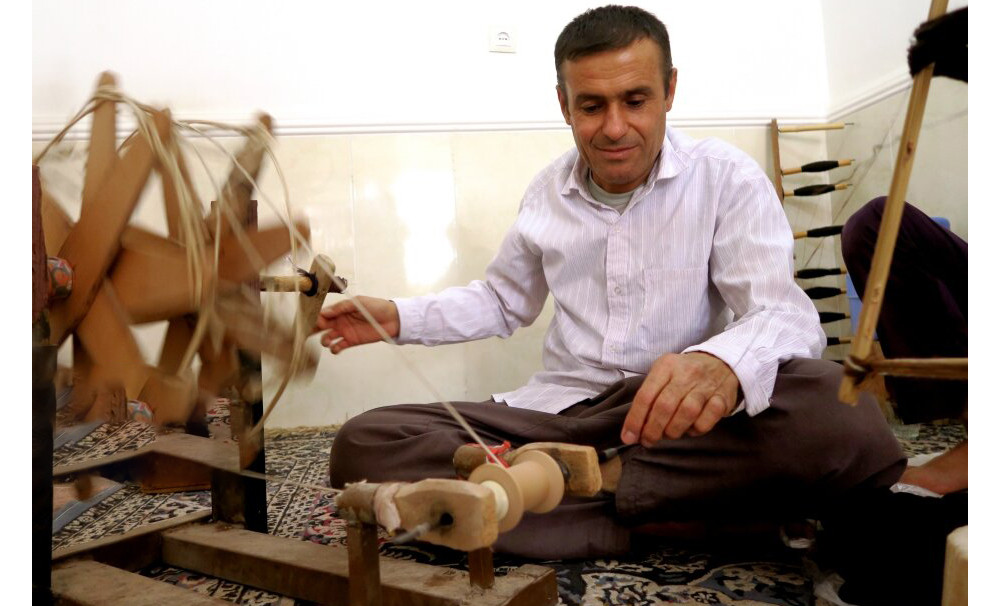
Abaa of Busheher
Abaa is a kind of loose fitting and long robe worn over clothing. With pseudo sleeves, these ropes do not cover in front and they have been used by the clerics from a long time ago. There are some regions where the Abaas are made from felt fabric in colors such as brown or cream. These fabrics are made from wool or cotton and by textile machinery, where after being produced, they undergo final changes and then are cut to be sewed into Abaas.
Like many other textiles, there are many narration about wearing Abaa in different historical eras. One example is that common people did not wear them in Ilkhanate dynasty. During that time, the Abaas were made so long that the train of the clothing touched floor. In Saffavid dynasty, they turned into short or long cloaks with sleeves, and were most commonly worn by the Dervish. The Abaas of this era did not have any button or lace and were designed very simple. During the Zand dynasy Abaas gained more popularity and were worn over the clothing or just wrapped over the shoulders. However, it was from Qajar dynasty that Abaa became the specific clothing of the clerics.
In the past, Abaas were made from camel hair so that water did not pass through them, and were in black. The Abaas are considered to be made in southern parts of Iran, like Bushehr and Khuzestan, from five hundred years ago. There are two kinds of them, one for the cold seasons and another for warm seasons. The thick Abaas of cold season are locally called “Chegheh” or “Chagheh”. And the delicate Abaas of cold season are called “Heleh”.
The Heleh are usually made in black, and Chegheh in brown or cream. Each Chegheh needs about two to two and a half kilograms of cotton to be made, but it takes less than three to four hundred grams of wool cotton to make a Heleh. Generally an Abaa is made in four to five days but a delicate Abaa need more time to be sewed, because they are more prone to tears and need extra time to be repaired. The Abaas of cold weather are also called “Jogheh” or “joghah” in other regions.
